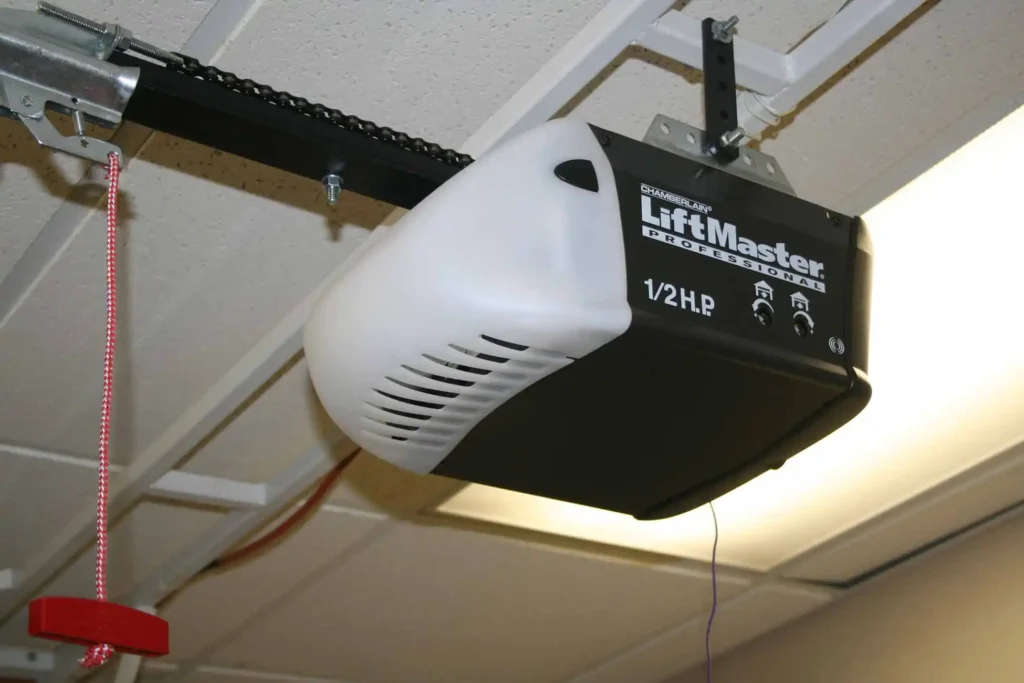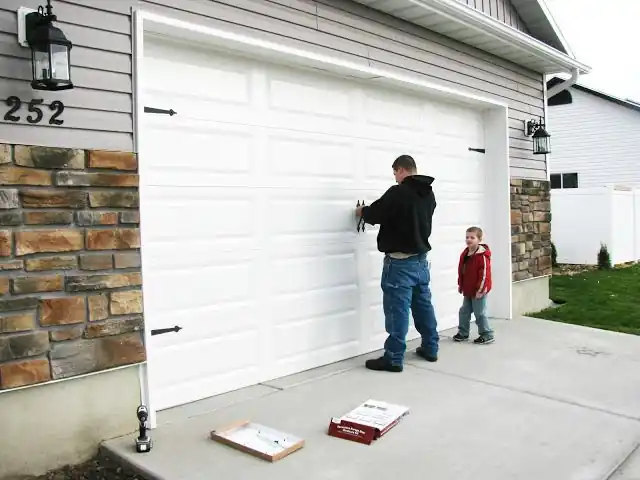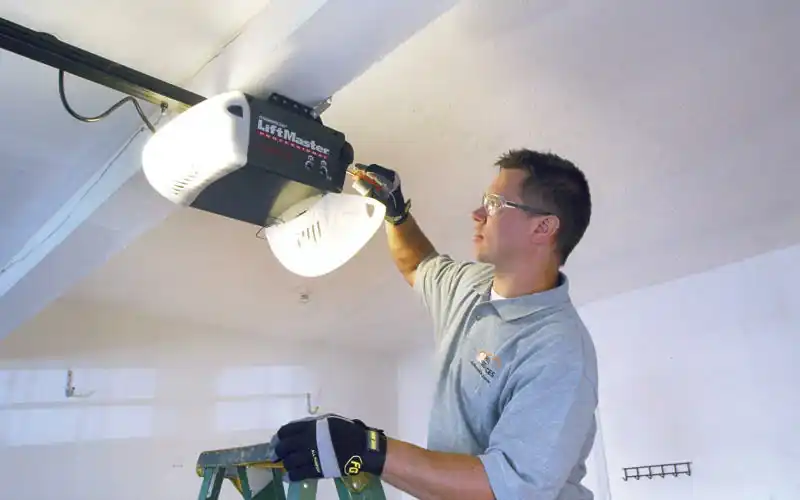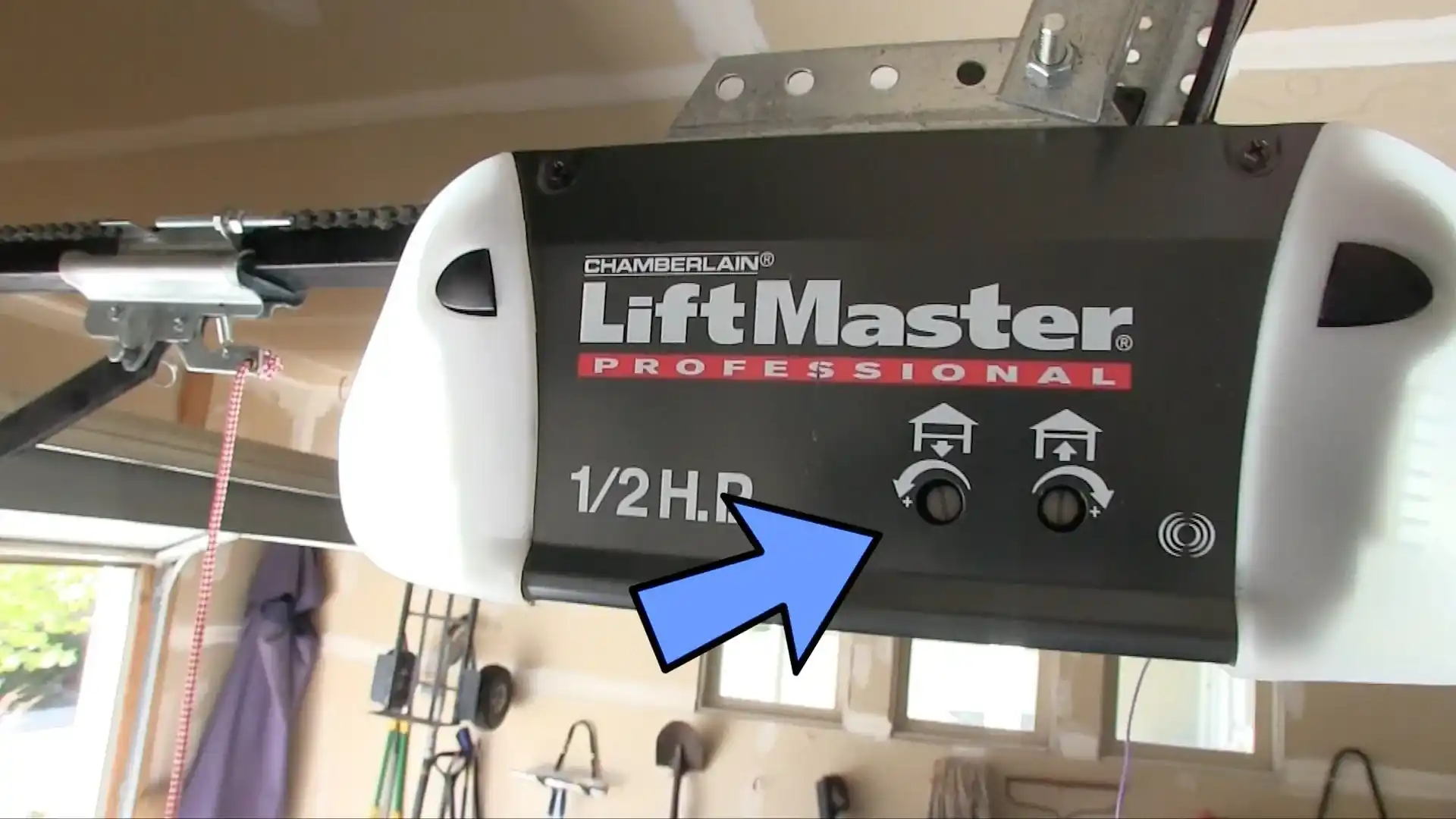So, you’re standing in front of your garage door, maybe staring at that blinking yellow light on your LiftMaster, wondering why on earth your lift master garage door not closing. You push the remote, press the wall control button, heck, even try the keypad — but the garage door just sits there, refusing to budge. It’s frustrating, yeah? Honestly, I get it.
Garage door opener issues like this are the kind of thing that can really throw off your whole day. But before you start dialing the nearest garage door repair company or panic about whether your automatic garage is about to leave you stranded, let’s take a deep breath and explore some fixes you can try yourself.
Expert Tips to Solve Lift Master Garage Door Not Closing Problem

Lift Master garage door not closing are generally pretty dependable — but like any tech, they can throw a hissy fit now and then. The trick is to know what to look for: safety sensors, power supply issues, maybe a broken spring, or even a sensor obstruction. Let’s dive in and see what might be going wrong and how you can gently nudge your stubborn garage door back into action.
1. Check the Safety Sensors — They’re More Sensitive Than You Think
One of the most common reasons your Lift Master garage door not closing? The safety sensors. You know those little photo eyes sitting low on either side of the door frame? They’re supposed to beam an invisible infrared light between each other.
If that beam is interrupted — maybe a spider web, dust, or even a stray leaf — the door refuses to close as a safety feature. It’s an automatic reversal safety feature, designed to keep you, your pets, or your kid’s bike safe.
Sometimes, these sensors get misaligned. Even the slightest shift can cause your garage door sensor lenses to misfire. So, try this:
- Give them a gentle wipe with a soft cloth — maybe some fresh batteries on your remote while you’re at it, just in case.
- Check if the indicator lights on the sensors are solid green (or sometimes red) — if one is blinking or off, that’s your culprit.
- Realign the sensors carefully, making sure they’re pointing directly at each other without any obstructions.
Oh, and speaking of obstructions — you might not always notice them at first glance. A toy, a tool, or even a bunch of dirt can get in the way, messing with the sensor circuit.
2. Inspect the Remote Control and Wall Control — It’s Not Always About the Door

If your garage door opener button clicks but the door doesn’t move, or your remote just won’t trigger the door, the problem might not be the door itself. Sometimes it’s the remote control batteries — and honestly, this one gets overlooked a lot.
Try replacing the remote batteries with fresh ones, preferably the standard household batteries your manual suggests. And if your Lift Master opener has a backup battery system, check that too. Weak batteries or a dead backup battery can cause all sorts of malfunction during operation.
Also, take a quick look at your wall console or keypad. Wiring connections could loosen over time, or the wall control button might malfunction. If the wall button is unresponsive, it’s worth requesting service from a skilled garage door technician or maybe following the programming steps in your garage door opener manual pdf.
3. Look for Physical Obstructions or Track Problems — Because Sometimes It’s Just Stuck
This might sound obvious, but have you checked for anything physically blocking the door’s path? A natural obstruction like leaves, snow, or even a stray garden hose can mess with the sensors or cause your lift master garage door not closing properly.
Beyond that, the garage door assembly itself can develop issues — dented tracks, bent rollers, or a misaligned middle chain track can cause the door to jam or stop mid-close. These aren’t things you want to ignore because they’ll only worsen and could lead to a bigger garage door repair need.
If you notice any unusual noise — maybe screeching or grinding — it might be time for some garage door lub or professional help.
4. Test the Circuit Breaker and Power Supply — Yep, It Could Be That Simple
Sometimes, it’s just a power delivery issue. You might be surprised how often this is the root cause of garage door problems. A tripped circuit breaker, a loose plug, or a faulty outlet can interrupt electric power to your Lift Master garage door opener motor.
Try this: unplug the opener, reset your breaker, and plug it back into a different nearby outlet if possible (like a ceiling outlet or one closer to the garage door opener motor). Sometimes outlets fail or get loose wiring — you don’t want to guess, but if the lights on your opener aren’t coming on, this is a logical first step.
5. Check the Limit Switch and Force Settings — They Control How Far Your Door Travels
Ever noticed your garage door opens or closes only halfway, or stops before it hits the floor? That might be an issue with the limit setting or the force settings on your opener motor.
These settings control the distance the door moves and how much force it applies to close or open. Incorrect limit screw settings or wrong force can cause the door to think it’s hitting an obstacle and stop.
Adjusting these takes some patience, and you’ll want your garage door opener manual handy here. If you get it wrong, the door could slam shut too hard or fail to close all the way, both of which are annoying — and potentially unsafe.
6. Look for Faulty Garage Door Springs — Extension Springs or Broken Springs
Sometimes the culprit is mechanical, like a broken spring or extension spring problem. These springs bear a lot of the door’s weight and help it lift smoothly. If one snaps or loses tension, your lift master garage door not closing properly might be the result.
Now, this one’s tricky and honestly dangerous to fix yourself unless you’re a seasoned pro or garage door expert. Springs are under serious tension and can cause injury if mishandled. If you suspect this, call a dependable garage door repair company that specializes in LiftMaster garage door opener repair.
7. Reset or Reprogram Your Garage Door Opener — Sometimes the Software Needs a Nudge

Sometimes the issue isn’t hardware but a glitch in the opener’s circuit board or programming. If your Lift Master garage door not closing comes with blinking lights or error codes, your opener might be in error mode or need a reset.
Unplug your opener for about 30 seconds, then plug it back in. Sometimes that simple reset clears factory errors or software bugs. If you still have problems, the garage door opener manual pdf or online troubleshooting videos (like Continental Door’s photo-eye troubleshooting video) might help you decode those blinking lights or error codes.
Also, reprogramming the remote or keypad can help if the opener just won’t respond. The process varies by garage door opener model, so your manual is your best friend here.
Pro Tip: Regular Maintenance Is Your Best Friend
Honestly, a lot of these garage door closing problems can be prevented or caught early with regular maintenance. A quick check-up every few months to clean sensor lenses, lubricate moving parts, and check wiring connections can save you a ton of hassle.
Plus, scheduling periodic visits with a garage door service provider or contractor can catch things like wiring faults, motor malfunctions, or sensor circuit problems before they leave you stuck.
Final Thought
When your Lift Master garage door not closing, it’s often due to simple issues like weak batteries or sensor problems. Trying these 7 easy fixes can usually get things back on track without much fuss. But if the problem sticks around, reaching out to a professional garage door repair company is the way to go. Keeping your LiftMaster running smoothly means less worry and more convenience in your day.
Frequently Asked Questions
1. Why won’t my Lift Master garage door not closing with the remote but works with the wall button?
Probably a remote battery issue or a misprogrammed remote. Try fresh batteries first, and if that doesn’t work, reprogram the remote using your manual.
2. What does it mean if the Lift Master garage door not closing light blinks yellow?
That usually signals sensor issues or a safety feature triggered. Check if the photo sensors are aligned and clean.
3. Can a circuit breaker cause my garage door to stop working?
Yep! If the power is cut off, your opener won’t get juice. Check your breaker panel and outlets.
4. How do I close my Lift Master garage door with the keypad?
Enter your PIN and press the enter or lock button. If that doesn’t work, the keypad may need resetting or new batteries.
5. What if my garage door just clicks but won’t move?
That could mean the motor’s stuck, or there’s a problem with the circuit board or limit switch. Sometimes a reset helps, but a technician might be needed.
6. How often should I do maintenance on my garage door?
Every few months is good — clean sensors, lubricate springs and rollers, check wiring, and test the opener.
7. Can weak batteries in my remote cause the door not to close?
Absolutely. Dead or weak batteries are one of the most common causes of opener problems.
8. Why does my door reverse automatically when closing?
Usually, it’s sensing an obstruction or misaligned sensors triggering the auto-reverse feature for safety.
9. Is it safe to fix broken springs myself?
Honestly, no. Garage door springs are under tension and can be dangerous. Call a professional.
10. What if my Lift Master garage door opener motor malfunctions?
It might need repair or replacement. Contact a garage door repair section specialist for reliable service.

